
Ah, Marin. “The birthplace of mountain biking,” they say. And they speak the truth. The legends of the sport hail from here and can still be spotted on the slopes of Mt. Tam. This place is a cornucopia of landscapes and ecotones. Dry, stubby chaparral clutches rare serpentine rock, gnarled mahogany fingers around sage-green earth. Around the next corner, fern-encrusted redwood groves dripping with the fog-of-life offer a cool respite. The fleet hind-end of a bobcat, or rarer still, a glimpse of the long-tailed felis concolor—Mountain Lion—will tickle the wild in your heart, and rekindle a deep, ancient reverence for nature.
But please don’t enjoy these fruits from atop your wheeled devil machine. The long saga of trail access here in the birthplace is the stuff of lore, and won’t be re-hashed here, unless in the context of recent gains. In 2010, with tensions once again on the rise between hikers, bikers and equestrians, Marin County Parks and Open Space initiated “its first public inclusive, science-based, comprehensive plan to address the complex challenges of Marin County’s Open Space District preserves’ roads and trails.”
And the challenges were not and are not solely between user groups. Many of the fire roads in Open Space that provide access (and that is “access” in the broadest sense: hikers, bikers, equestrians, fire and ranger trucks, search and rescue, etc.) to the 18,500 acres of lands under its management are overgrade, steep-as-hell former ranch roads that the County has inherited through the years. These roads are not only unpleasant from the user perspective, but are sources of sediment to local creeks and streams that make the fish sad.

Thus the Road and Trail Management Plan (RTMP) was born, whose stated goals were as follows:
- Establish and maintain a sustainable system of roads and trails that meet design and management standards.
- Reduce the environmental impact of roads and trails on sensitive resources, habitats, riparian areas, native and special-status plant and animal species.
- Improve the visitor experience and visitor safety for all users, including hikers, mountain bikers, and equestrians.
To this end, the County is in the midst of a years-long endeavor to achieve the above goals. Split by region, community meetings bring impressive turnouts where scrappy little rippers sporting Santa Cruz tees hover over maps, literally rubbing elbows with the stick-wielding Sierra Clubber who may very well have saved Marin from an ill-conceived freeway and mass suburbanization back in the day. Their respective love for these lands are both reason for inspiration: the former gives off a twitchy, vibrant light engendering hope for the future—and isn’t this what we want? For the young to embrace nature? The latter’s glow emanates from a life immersed—both physically and politically—in these forests, streams, and meadows.
But let’s not pretend that this rainbows and peace patina carries the day. Low-down dirty tactics, including booby-trapping of trails, are a real thing, and a read of the comments section of the local newspaper in response to a trail-related story will strip your faith in humanity. Mistrust is high on both sides, with even the smallest incidents becoming Watergate-like affairs.
And of course both sides of this aisle have their extremists. A woman broke her back being thrown from a horse when two young riders spooked her horse on a trail closed to bikes. Many bikers reached out, attended a joint fundraiser co-hosted by the local bike coalition and the horse council. Some in the bike community went low and in chat rooms and online forums suggested that the whole thing was faked—a moon landing conspiracy. Of course this thing happened. The only surprising thing about it was that it hadn’t happened before then.

After several years documenting the trail system, planning, public outreach and cogitating, in 2016 Open Space completed work on five trail segments that increase bike-legal access by 3.5 miles. All of the trails added in 2016 were already in existence, but were “off system” or social trails created long ago by hikers and cyclists that were brought into the fold, with varying degrees of alteration to address sight lines, erosion, or sensitive habitat issues. Given that Marin Open Space had 15.5 mountain bike trail miles before the RTMP, this lowly 3.5-mile increase equates to a 20% increase in access in just one year. In 2017, another two miles of bike-legal trail access is planned, and the construction of two bridges will allow the famous Appetite Seminar to return to its original, historic route, after detours for the aforementioned saddened fish were put in place for the last several years.
Knowing well the legal and political landscape it operates within, the County wisely began with low-hanging fruit, and chose trails that checked all the right boxes—minimal modification needed, good sight lines, no environmental impact, creation of connectivity between preserves, and no displacement of users.
And a lawsuit was instantly filed.
The Marin Audubon Society claims that Marin County Parks and the RTMP did not prove that its Plan will not harm the Northern Spotted Owl. While the jury is (literally) out, it appears unlikely the suit will stop the County’s plans. While the rate of progress on opening or creating new bike legal trails has been frustratingly slow in the collective mind of the mountain bike community, the County was wise to proceed with deliberation and steel itself for this anticipated attack.
But is it enough? Will these new and planned miles of legal trails—many of which cyclists had been riding for years anyway—make the historic hurt go away and have everyone singing Kumbaya? Doubtful. While both Tom Boss from the Marin County Bicycle Coalition and Vernon Huffman from Access 4 Bikes are encouraged by this progress, they’ve no illusions that a magical finish line has been crossed.

“We are still forced to make tough choices. While Open Space has agreed to open certain historic trails, it is a bittersweet win,” said Huffman. “The adoption and opening of one is necessarily paired with the decommissioning of another in the same region. This format creates division as locals—hikes and bikers alike—may have been using these trails for years with no issue.”
This frustration notwithstanding, Huffman notes that Marin County Parks and Open Space staff have made earnest and substantial efforts to include the mountain bike advocacy organizations in both their outreach and decision-making.
“We nearly had a showdown when they brought a tractor out to a short but challenging trail in the [San Geronimo] Valley, but they told us their plan, assured us that the rough character of the trail would remain. We took a leap of faith, and fortunately, they were true to their word.”
Boss agrees:
“While many people have been riding the unsanctioned trails for years, it’s always been a gray area. Now the riding is 100% legal and the trails are protected against decommission, which is a success in my opinion. And throughout the adoption process Open Space has solicited our input and participation, making a sensible case for the environmental enhancements. As a result the trails are more sinuous and have less impact on a place rich with wildlife and native plants.”

But not everyone agrees. Specifically in response to the decommission of a technical downhill trail popular with a small subset of riders, an additional trail advocacy group was formed. Calling itself the New Paradigm Trail Group, it is more aggressive in its posture than Access 4 Bikes, which is in turn more aggressive than the Marin County Bicycle Coalition. The fledgling group’s spokesperson, Dave Carbonell, puts it this way:
“We applaud the integration of existing trails into the official parks and open space systems. However, the extensive decommissioning of historic trails. . .only increases the frustration of recreational users. There is no tangible benefit to destroying trails that already exist.”
And yet, that is the underpinning of the Road and Trails Management Plan. It is a point system by which environmentally impactful, unsustainable trails are removed in favor of those that do no harm. But “harm” means different things to different people. Surely the extreme and lawsuit-happy Marin Audubon and the fiery New Paradigm Trail Group are on the opposite ends of this spectrum. Marin County Parks and Open Space appears to be walking a middle path that one hopes will prevail in court—the kind with robes and gavels, as well as the public opinion sort.
But back to the central question: Is it enough? No. But it’s a good start.












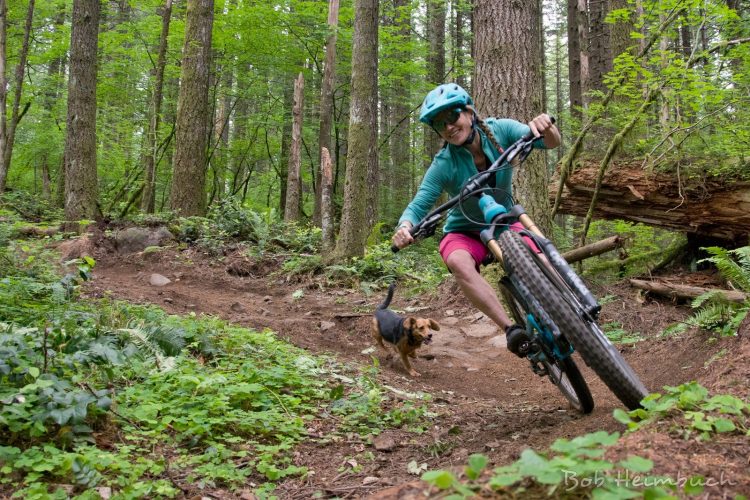
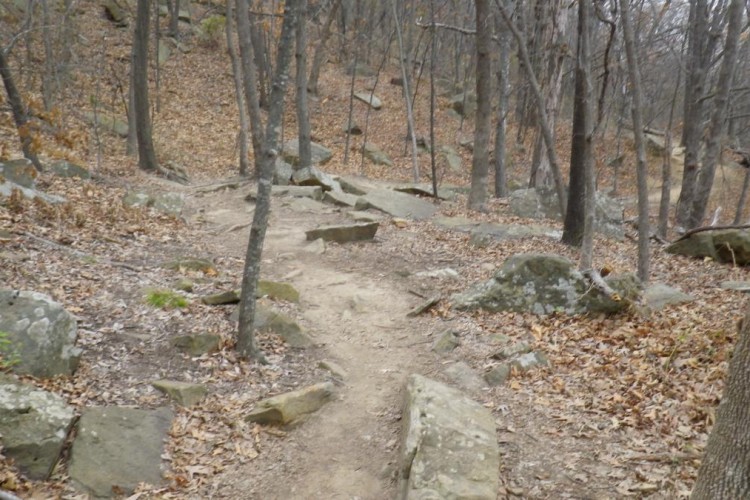
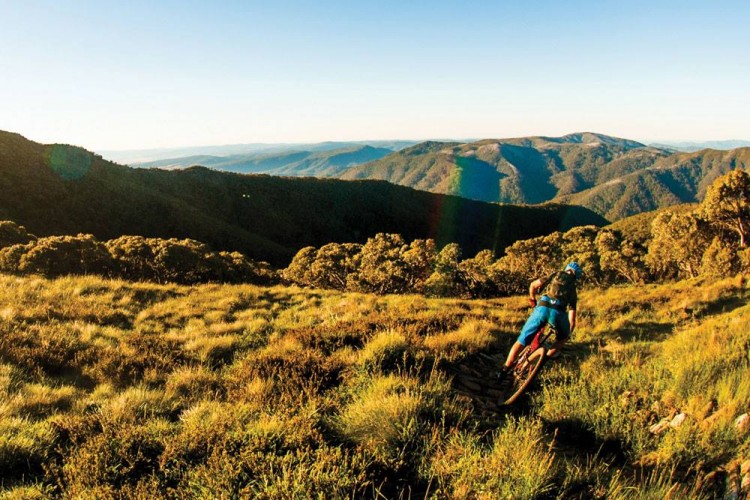
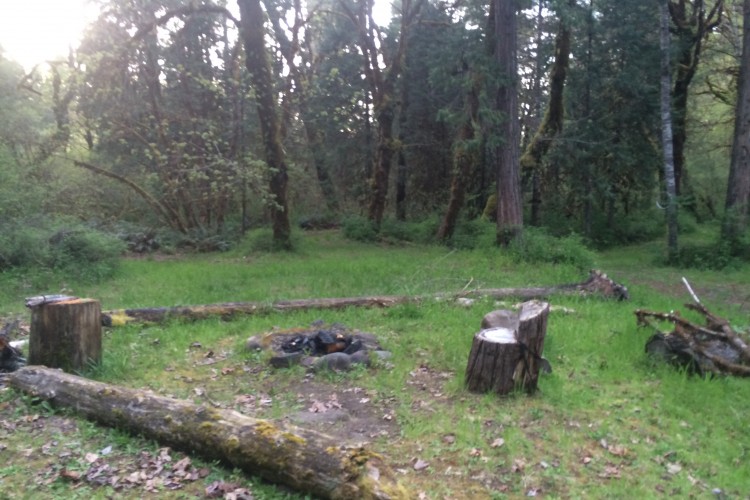
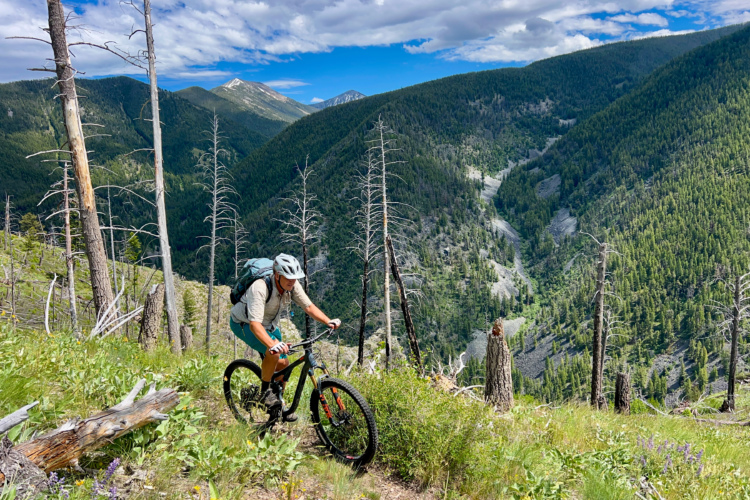
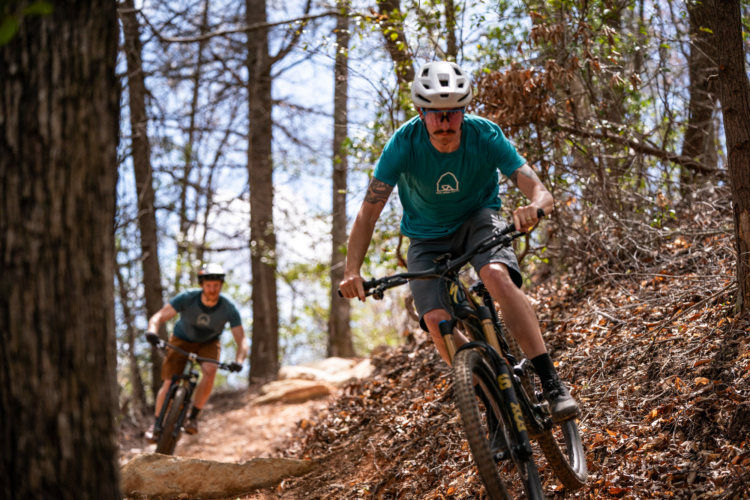

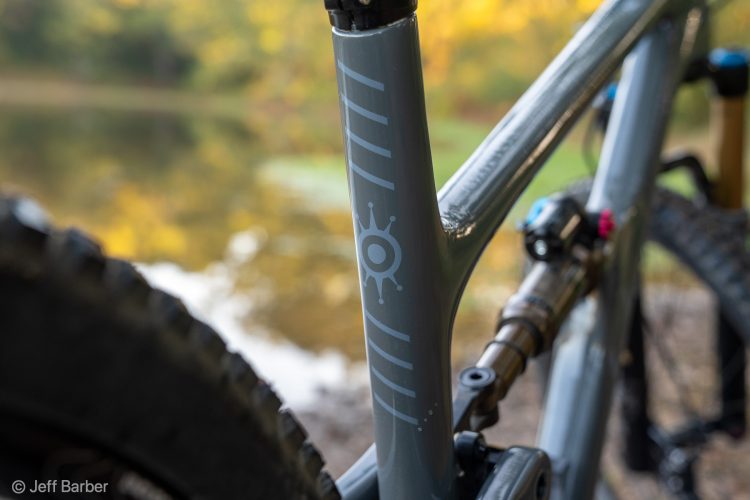

7 Comments
May 5, 2017
May 5, 2017
May 5, 2017
May 5, 2017
May 5, 2017
One thing to consider is, will they be opening 3-5 miles of trail every year for the foreseeable future, or is this it? Because if this will become an ongoing trend, over the next 5-10 years the landscape could change rapidly!
May 7, 2017
May 5, 2017
Also funny than Ms Gaffney chose to overlook the incident involving Pam Reaves which was proven to be faked if not willfully distorted and concentrate on another grey area incident that did not involve adult cyclists. No one is certain what happened but a stable owned by a known anti cycling character, Monte Kruger rented a horse to an extremely inexperienced rider. This occurred with zero safety oversight, or insurance. MCBCs disastrous follow up to this incident and the one involving Pam Reaves led to a strong anti cycling sentiment in the press and at public meetings.
I find it ironic that the former President of MCBC has taken the time to rewrite history to better suit her narrative of the issues in Marin. It's just another bad decision that has led us to the place we are today a few advocates celebrating an improvement of less than 1%. While the rest of the community is scrambling to save what little access to narrow trail we have left